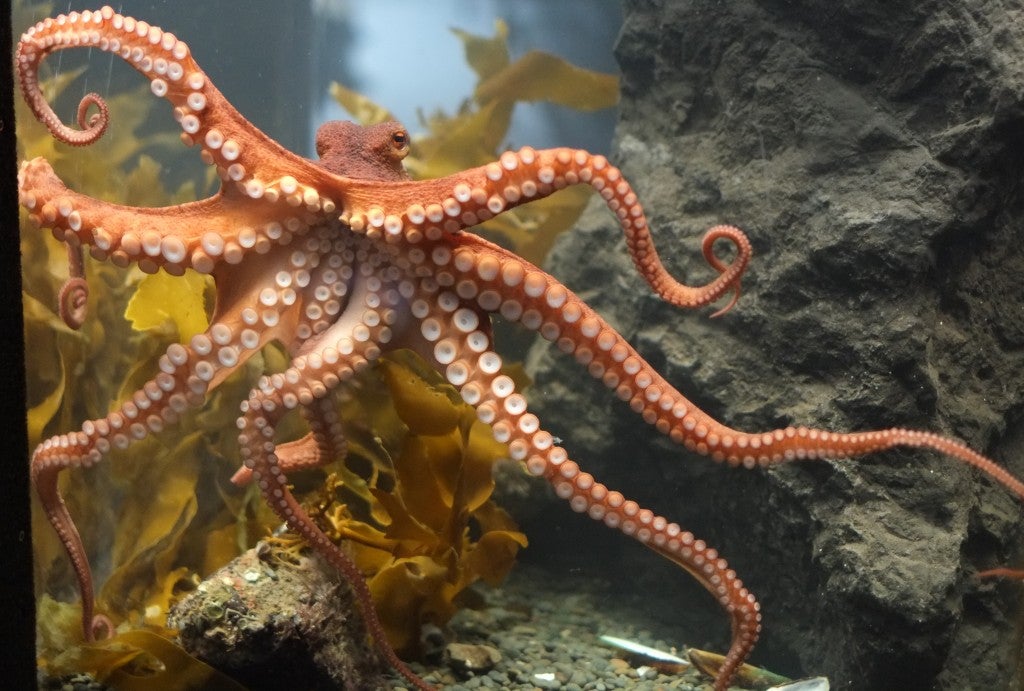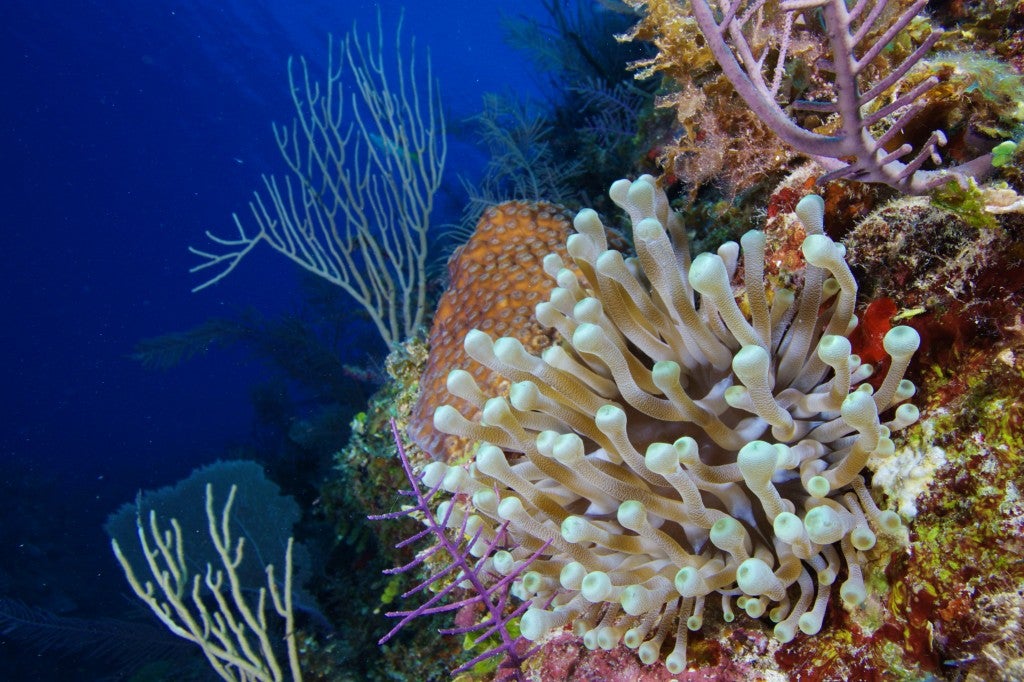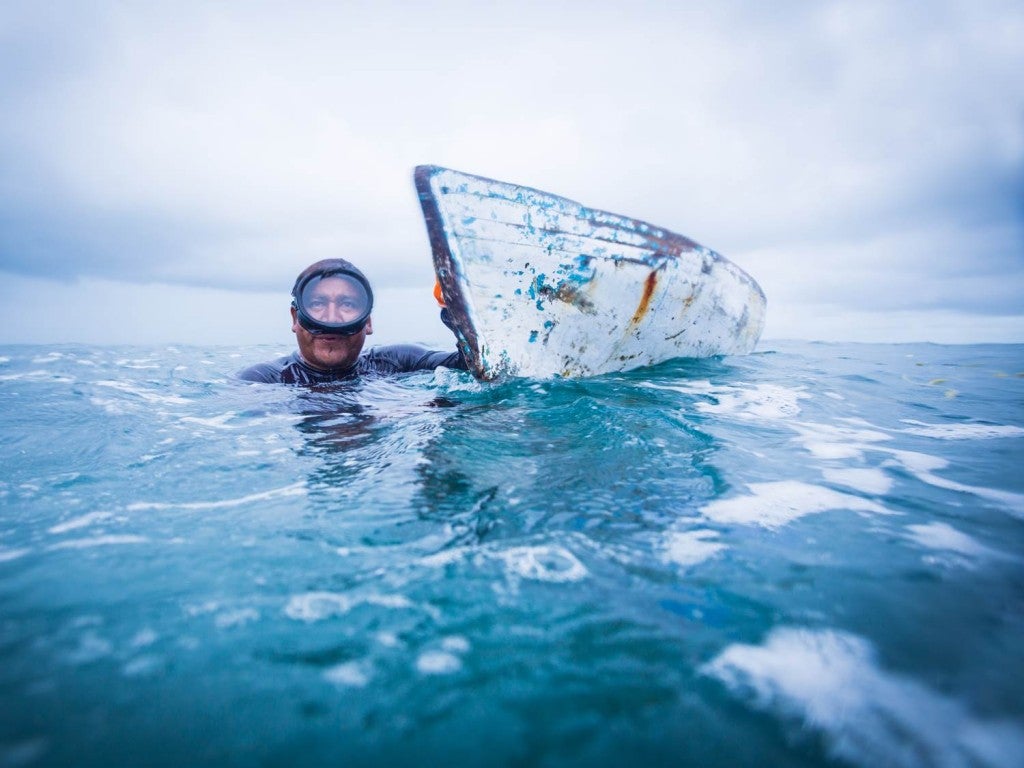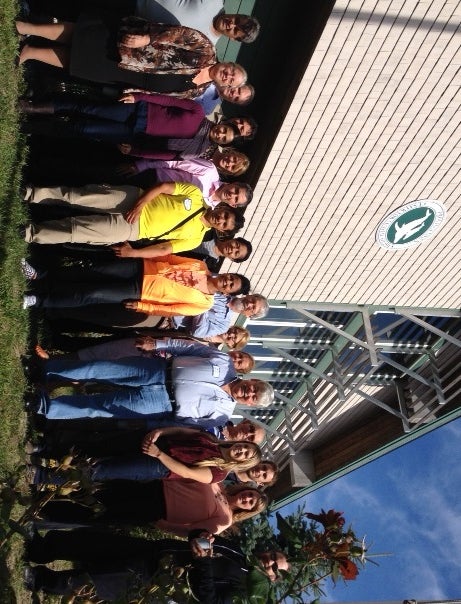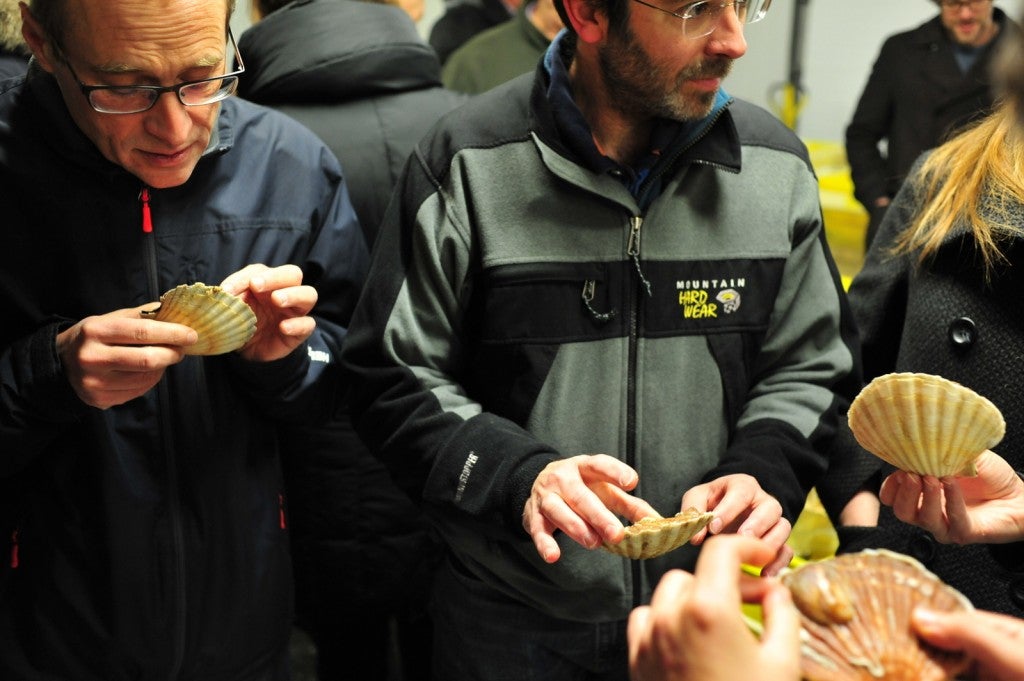
Market Trip, Port en Bessin. Photo: Dimitri Rogoff
Since 2012, when the increasingly hostile clash between French and UK Channel scallop fishermen made headlines; industry leaders, national administrations and a host of other stakeholders have worked to resolve the conflict and achieve positive change to protect the viability of this economically and culturally important fishery. The work of the GAP2 Project, an EU funded initiative, has been a vital force in the progress achieved so far in alleviating historic tensions and moving towards a more conciliatory approach.
In a previous post outlining the successes and challenges of the first GAP2 Channel scallop workshop in Brixham, England I spoke of the importance of bringing industry and others together to engage in participatory and collaborative dialogue on achieving greater profitability and sustainability for this valuable fishery. I also emphasised the need for a follow up workshop focused on putting dialogue into action and mapping out next steps to develop a regional management plan. Read More










